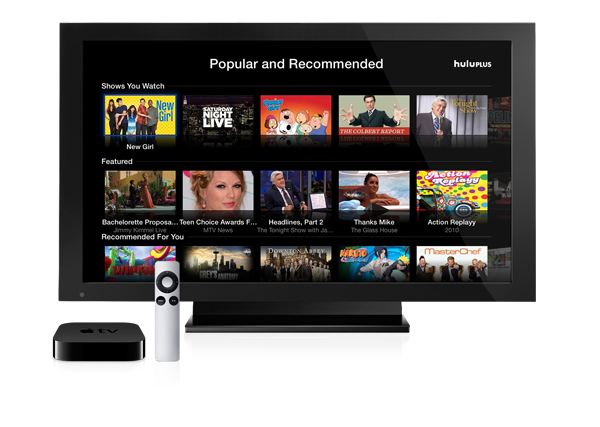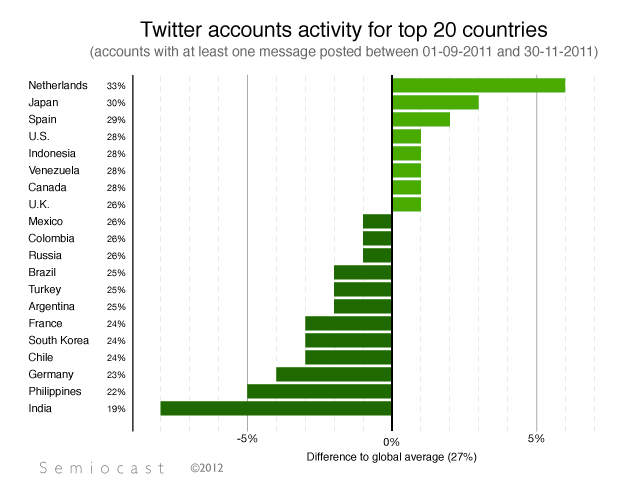The culture minister, Ed Vaizey, has said 90% of the country will have superfast broadband by 2015.
The
minister insisted the government was working to put the right
infrastructure in place for "the vast majority of the country" by 2015
to "future proof" the service.
Those who want "really, really fast speed" will then be able to connect to a network and choose to upgrade, he said.
Vaizey
made his comments as a report by the House of Lords warned that the
government's broadband policy had become "preoccupied" with delivering
certain speeds to consumers when what was needed was a greater focus on
access through a national broadband network.
The Lords communications committee concluded after a wide-ranging, six-month investigation that Britain would need a better broadband network to cope with future technologies. It
raised concerns over the way Britain's network was being built,
describing government strategy as "flawed" and liable to widen the
digital divide between those communities with fast internet access and those living in broadband blackspots.
The peers said broadband should be treated as a vital national asset, like roads, rail and energy.
The report,
Broadband for All – an Alternative Vision,
recommends national planning for a "communications network of local,
regional, national and internet exchanges where different operators can
site equipment and exchange traffic, all linked by ample optical fibre
that is open to use by competing providers".
"The delivery of
certain speeds should not be the guiding principle; what is important is
the long-term assurance that as new internet applications emerge,
everyone will be able to benefit, from inhabitants of inner cities to
the remotest areas of the UK," they said in the report.
The
Conservative Lord Inglewood, chair of the communications committee, told
the BBC Radio 4 Today programme: "The current strategy is based around
providing certain levels of speed across the country and we're not
convinced at all that that is the right place to start thinking about a
policy and a programme for rolling out broadband infrastructure."
He
added: "What we need to do is to find a system, it seems to us, that
enables people to get what they want and pay accordingly."
Vaizey
said the UK was one of the most "digital nations in the world", with a
thriving e-commerce economy in which people spent more online and used
technology more.
He said there was a "very competitive
marketplace" in Britain in terms of laying fibre optics in people's
homes in two-thirds of the country, with "government intervention"
needed in the rest.
Vaizey told Today that £500m had been put in
place to support this, with funding from devolved governments bringing
the total to around £1.2bn, plus additional funding for pockets of
cities where broadband connection was poor.
"We have set ourselves
a target that by 2015, 90% of the country will have superfast
broadband," said Vaizey. "Generally speaking most people define that
around the 35 megabits a second (Mbps) speed but we have said that 100%
of the country should have access to 2Mbps. To put that in context, for
example, if you want to watch the iPlayer on your computer you would
need about 1-1.5Mbps."
He said he was "happy" the target would be met.
The
highest speed broadband requires fibre optics in the home, but Vaizey
said further improvements to broadband speed must be "demand led".
The
minister for culture, communications and creative industries said one
of the reasons ministers wanted to move to a superfast broadband policy
was to try to future-proof the system by putting the "right
infrastructure" in place for the vast majority.
Those who want "really, really fast speed" can connect to a network and choose to upgrade, he said.
Pressed
on the fact that some European countries had faster connection, Vaizey
said the government had the most competitive marketplace.
"I think
the rest of Europe actually looks to us as leaders in this. That also
includes price because there's absolutely no point in having superfast
broadband coming past your door if you can't afford it. So we also want
competition on price and we do have very low prices on broadband."







































